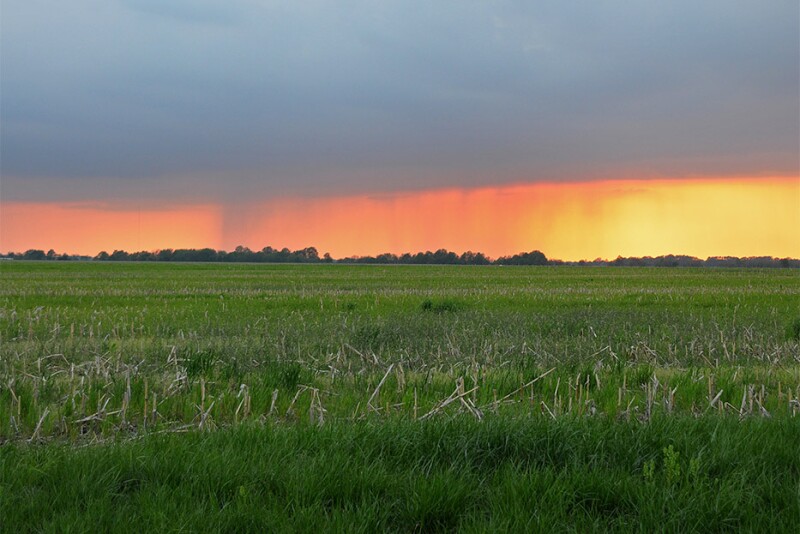Today’s National Drought Monitor reflected spotty drought improvement across Kansas, southern South Dakota, central and northeast Iowa and into south-central Wisconsin and northern Michigan for the week ending July 20. Nebraska saw mix of drought improvement and drought degradation. Drought worsened from the Pacific northwest to central and northern Minnesota.
“Active weather prevailed across much of the South, East, and Midwest, as well as parts of the Plains, into the middle of July, followed by a southward shift in widespread shower activity,” today’s report says. Limited drought improvement in the western Corn Belt speaks to existing dryness. Heavy rain stretched from southern Missouri to northern Ohio with secondary showers extending from Iowa and southeast Minnesota to Michigan, today’s summary report says.
Today’s update also says, “little or no rain fell in California, the Great Basin, and the Northwest, where dozens of wildfires were in various stages of containment. … Dry weather extended eastward across the nation’s northern tier as far east as Lake Superior, while heavy rain eased or eradicated drought in the remainder of the Great Lakes region, along with the Northeast.”
The drought summary says that in the driest northern and western areas of the U.S., the drought’s impact on water supplies, rangeland, pastures and crops was amplified by ongoing heat. In contrast, temperatures were near to a bit below-normal for the Plains, Midwest and South the week ending July 20.
Nearly 100% of North Dakota, South Dakota, Wyoming and Minnesota are impacted by abnormal dryness or (primarily) drought. Drought/dryness coverage in Iowa eased a percentage point to 70%. Nebraska is close behind with roughly 68% of the state impacted by drought or abnormal dryness.

